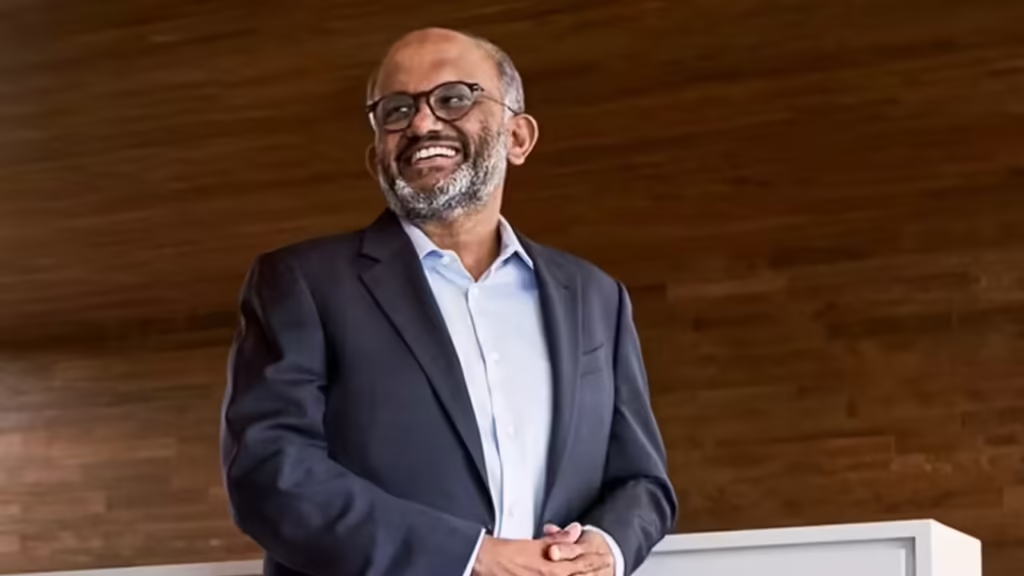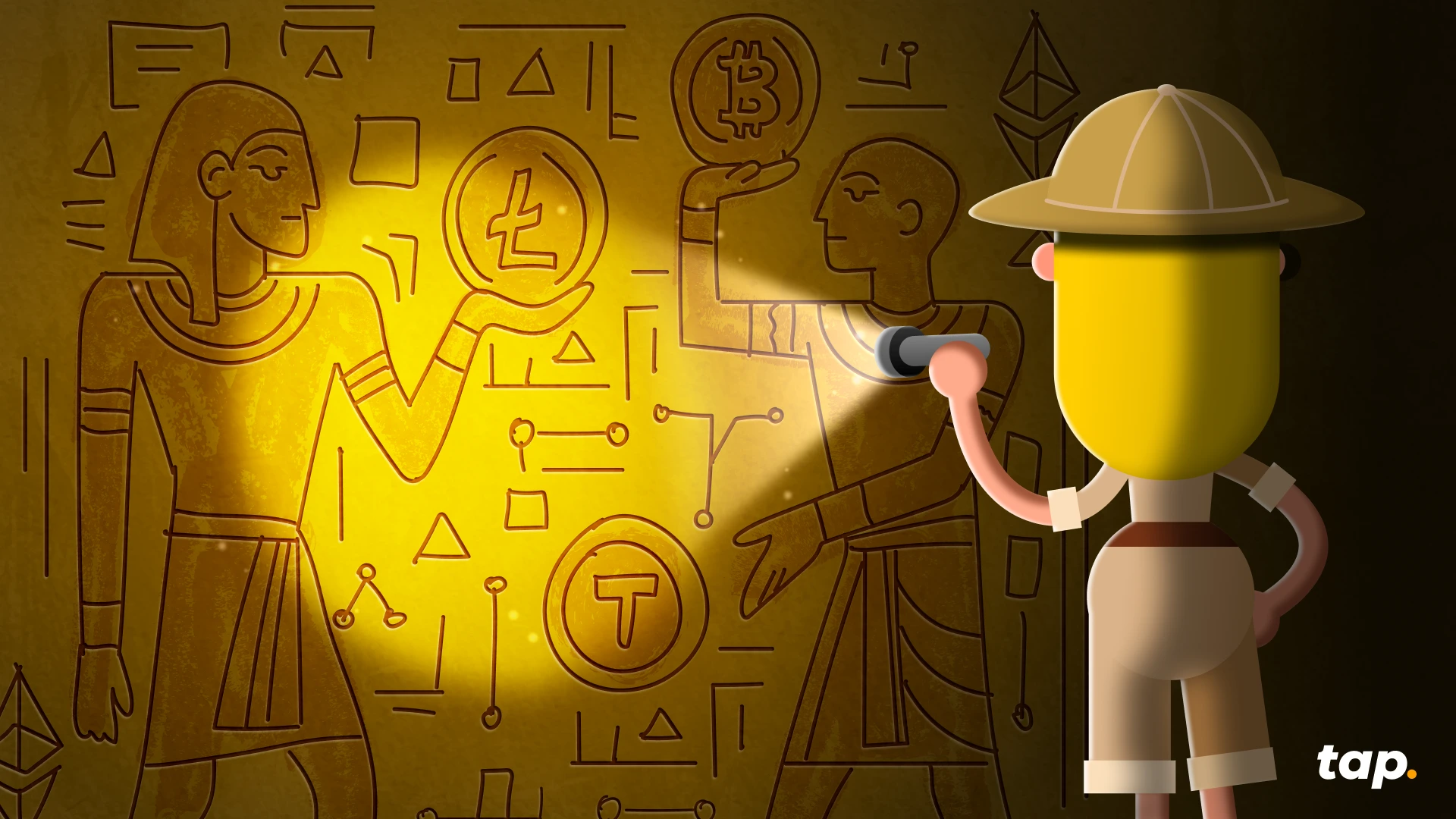Now Reading: From Rules to Reigns: Can India Lead the Global Web3 Shift?
-
01
From Rules to Reigns: Can India Lead the Global Web3 Shift?
From Rules to Reigns: Can India Lead the Global Web3 Shift?

India’s tech scene is no stranger to transformation—but Web3 is a different beast altogether. This new phase of the internet, built on decentralisation, crypto, and smart contracts, is changing how we think about data, money, and ownership. The real question now isn’t just about catching up. It’s whether India can lead this shift while still figuring out how to regulate it.
What Is Web3 and Why It Matters
Web3 isn’t a single technology. It’s a collection of ideas—blockchain, decentralised finance (DeFi), digital identity, and more. The promise? A more open, user-controlled internet. For a country like India, with over 800 million internet users and a rising base of crypto enthusiasts, the stakes are high.
Web3 has the potential to reshape finance, education, entertainment, and governance. It could give small-town creators global exposure, let businesses tap into token-based funding, and allow students to build blockchain careers without moving to metros.
The Regulation Puzzle
Here’s the catch: innovation needs freedom, but the internet still needs rules.
So far, India’s approach to crypto and Web3 has been cautious. The government has imposed heavy taxes on digital assets and has yet to roll out a clear regulatory framework for blockchain startups. That’s slowed down momentum, especially among younger startups outside Mumbai, Delhi, and Bengaluru.
Yet, despite the regulatory fog, India still ranks among the top countries for Web3 developers. Tier 2 cities like Indore, Surat, and Kochi are quietly nurturing blockchain coders and digital finance influencers. But these innovators are navigating risk without a roadmap.
India’s Unique Advantage
One thing working in India’s favour is its massive talent pool. Indian engineers already power global tech companies. If local policies support experimentation—through sandboxes, tax breaks, or blockchain education—India could quickly become a Web3 powerhouse.
Also, India’s public digital infrastructure, like Aadhaar, UPI, and ONDC, shows the country’s ability to build scalable tech for billions. Integrating Web3 into such systems could be the game-changer.
Challenges Ahead
But let’s be real. There are gaps.
There’s a lack of investor protection, unclear definitions for tokens, and risks around fraud and misuse. Many Web3 projects in India still operate under foreign jurisdictions to escape legal ambiguity. Without domestic clarity, India risks losing its top talent to other crypto-friendly nations like Singapore or Dubai.
Conclusion
India has the brains, the user base, and the digital backbone to lead the Web3 wave. What it needs now is policy clarity that balances innovation with safety. If the right guardrails are put in place, the country won’t just be a participant—it could shape the future of the decentralised internet. The window is open. The next move will decide India’s Web3 story.

























